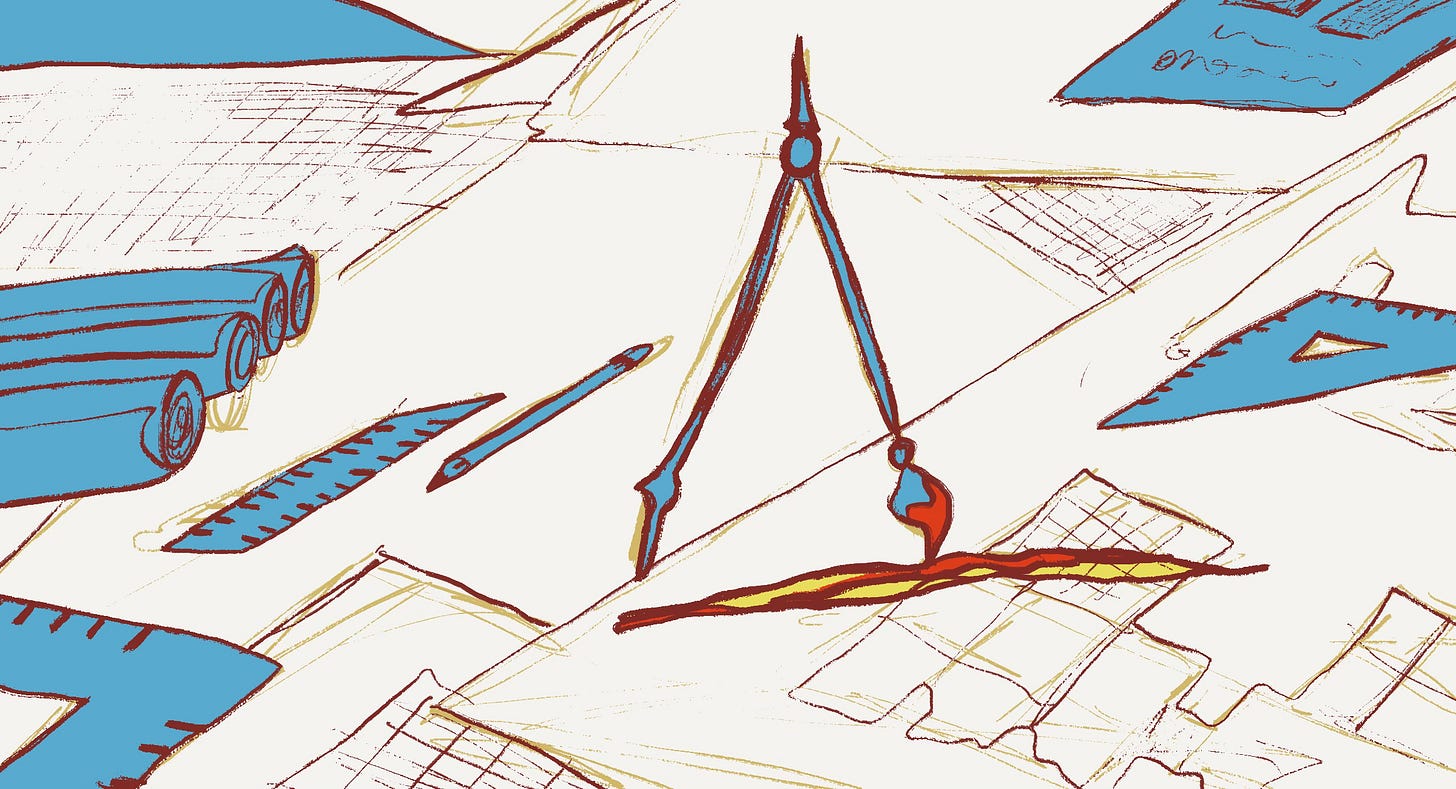The marriage of creativity and risk
How tomorrow’s value is held in the courage to imagine.
A good engineer is an artist, and a good artist is an engineer. There is magic in the alchemy of both. Where the engineer must think like an artist to produce value, the artist must solve like an engineer. Design, at its best, is strategy translated into sensory experiences of visuals, sound, structure, scent. It goes beyond beauty for the sake of it and distils competitive intention into experience. Engineering does the same. Both start with clarity and translate it into designed applications. Creativity is put to work to produce value.
If you are new here, welcome to Ideas Economy. We investigate ideas as capital, and how imagination is harnessed for real economic, social, and cultural value. I am a cultural strategist, MBA, and creative. Through my consulting practice I help clients leverage cultural intelligence for strategic advantage — through brand, partnerships, events, and philanthropy.
The way I look at risk has changed over the years. From a willingness to be slightly unhinged, my mind has refined risk as more of a price of admission for original outcomes. Morgan Housel’s The Psychology Of Money articulates this concept well, that risk is just the cost you pay to play whatever game you are in. To assess risk, you might first consider how long you’ll be intending to play that game, as this affects how much risk you’re willing to pay for. You weigh up the odds, and that’s pretty much it.
As far as it relates to creativity, risk is the operating cost for producing anything novel. The questions what matter are:
What’s the price you’re willing to pay today?
How much can you afford to lose before it devastates you?
How long are you willing to wait for that return?
Beyond the individual, beyond the company, this also applies to countries. Some national economies are stronger than others, and some output larger scales of innovation en masse than others. And this lends to how cultures choose to approach and understand risk. Those that become tastemakers are likely those that have many ways of saying, ‘we reward intelligent failure over safe stagnation’. And followers, contrastingly, suggest it is more important to play within the realms of already-articulated, well-established games. This is not to impose moral hierarchy on either. One realm holds the innovation of new terrain, the other holds the innovation of efficiency — both are important.
But now there is a common global disruptor: a world where AI accelerates execution and efficiency is much cheaper and much easier. As such, we see a rising demand for the former kind of innovation: that which invites you to imagine what might be and prioritise that over efficiency.
Who becomes valuable in tomorrow’s world?
Most likely, value will come from the abstract thinkers who look at everything sideways. Strategists, designers, philosophers. The engineer and the artist.
Creativity and risk-taking are foundational to future innovation, especially in a world where AI accelerates execution but can’t (yet) originate thought.
While it is not news that companies are best placed to hire the sharpest minds, you must still ask yourself what conditions will even bring out the genius of your people? Do you have the psychological space for risk tolerance and experimentation? This is the real invitation for creativity to thrive.
The systems that thrive are those willing to embrace ambiguity, who value lateral thinkers, and who consciously design environments that reward experimentation.
The enemy of innovation is rarely complacency. It is the slow suffocation caused by excess: too much research, too much conformity, too much deference to what’s worked before. Innovation dies when precedent is mistaken for principle and performance metrics are king. “Show me the incentive and I’ll show you the outcome,” says the famous businessman and investor, Charlie Munger. People within companies will only take creative risks if they are structurally incentivised to do so.
Would you say you are best placed to structurally support creative output at scale?
Innovation is ready for the creative risk taker.



